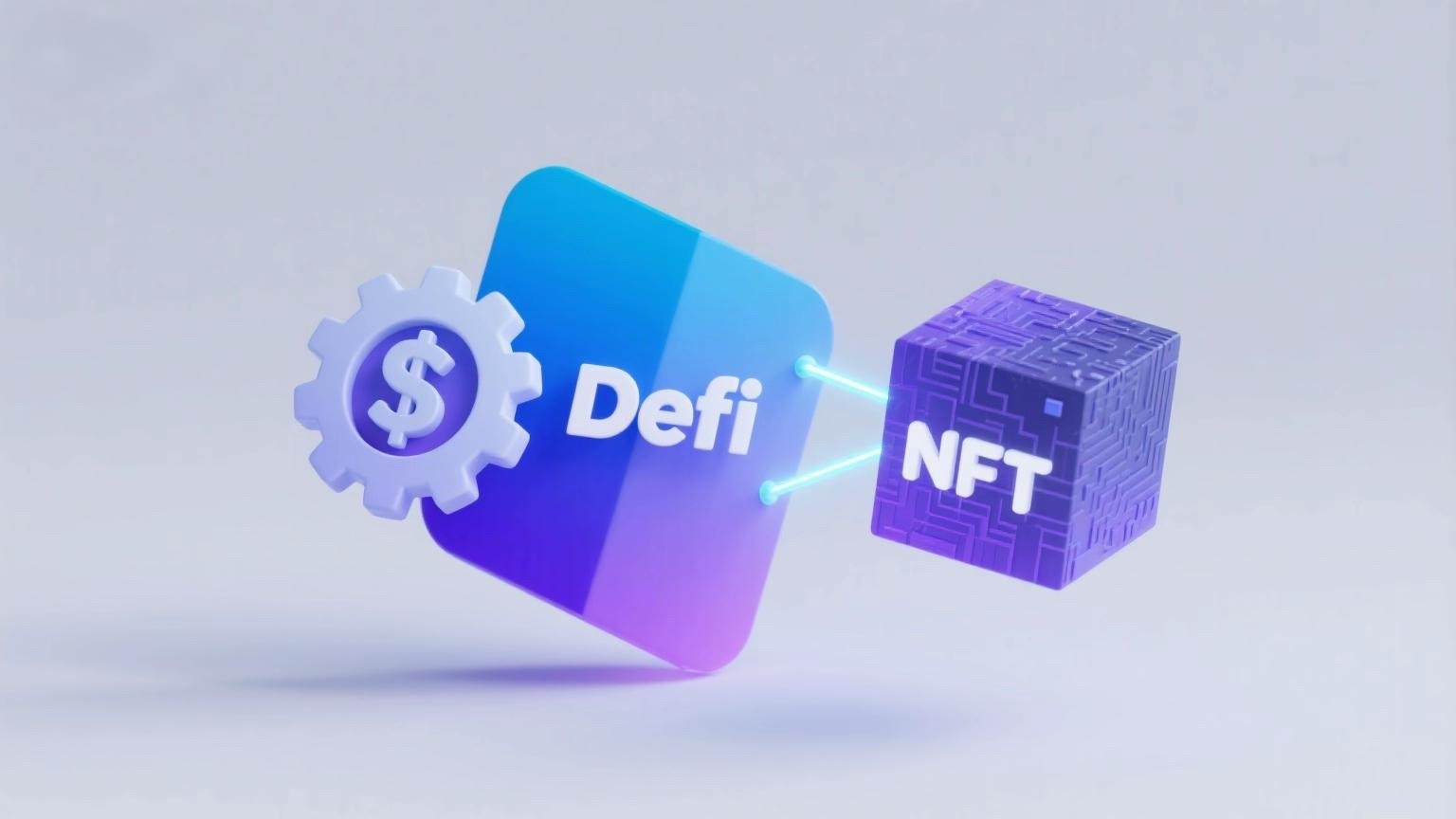
Economic Attribution
Public provenance records enable previously impossible or difficult-to-achieve use cases, such as royalties for artworks or other assets sold on secondary markets.
Rarible*, SuperRare, and Zora offer different features and interoperability for royalty implementation. Mirror implements royalties at the application layer and provides a "splits" feature, allowing writers to distribute proceeds from their sold works to others.
Royalties can also apply to content beyond digital art and music. For example, the "renegade" dance on TikTok made Charli D’Amelio an overnight sensation. Charli (now with over 112 million followers) and TikTok profited immensely, while the dance’s original creator, 14-year-old Jalaiah, remained unrecognized. NFTs can solve this problem by tokenizing such content and attributing monetization to the original creator. In the future, athletes, dancers, photographers, and other creators will directly mint their content as NFTs and reap both recognition and financial rewards.
Economic attribution can also be programmatically allocated to different NFT owners. Recently, Planck experimented with this concept by minting the results of a scientific study as an NFT. Additionally, Planck will introduce a feature called "SplitStream," which allows a portion of an NFT’s future sales to be directly allocated to other NFTs.
The "SplitStream" feature aims to incentivize and fund academic research by creating a citation graph and cascading revenue streams for NFT owners.
Trading
Enabling NFT-to-NFT trading is important because it opens up more potential trading pairs, thereby improving liquidity and price discovery. However, due to NFTs’ inherent illiquidity, achieving this is challenging.
The order book-based 0x protocol was the first to address this in 2019 via ZEIP-28, introducing NFT-for-NFT trading functionality. This allows buyers to use one NFT to purchase another NFT supported by the protocol, though the buyer must specify the desired NFT. Later, 0x introduced attribute-based orders, enabling buyers to create orders for assets meeting a specific set of attributes. This feature effectively aggregates otherwise fragmented NFT liquidity based on shared attributes.
Other solutions attempt to use fungible ERC20 tokens as intermediaries to facilitate trades. To enable NFT-for-NFT trading, NFT20 mints ERC20 tokens for each NFT class, pools these ERC20 tokens by type, and then uses constant function market makers (CFMMs) to allow these ERC20 tokens to trade across different pools using the same unit of account.
For example, if there is a MASK20/ETH pool and an MCAT20/ETH pool, users can instantly trade MASK for MCAT on Uniswap. This solution is particularly suitable for collectibles, where a small number of high-value assets exist alongside a vast majority of low-value assets with clear floor prices.
Additionally, due to the atomicity of Ethereum transactions and the composability of DeFi protocols, developers can chain multiple intermediary tokens and liquidity pools in a single transaction to enable trades between various NFTs.
Fractional Ownership
Fractional ownership is an effective way to democratize access to assets and has long been applied to high-value assets like vacation properties. Otis applies this approach to traditional art and collectibles by purchasing such assets, storing them in vaults, and issuing shares representing ownership.
NIFTEX* brings fractional ownership to NFTs, allowing an NFT owner to lock the NFT in a smart contract and issue "shards" (ERC20 tokens) representing ownership. Collecting all shards or buying out the NFT grants full ownership.
Ownership of a collection of assets can also be divided. For example, Metakovan’s B.20 token includes 28 assets, ranging from Beeple’s crypto art to virtual land in Cryptovoxels, Decentraland, and Somnium Space.
















